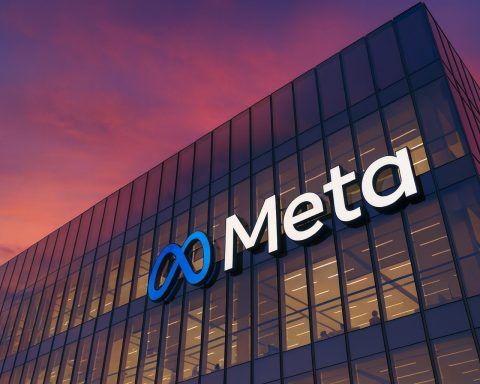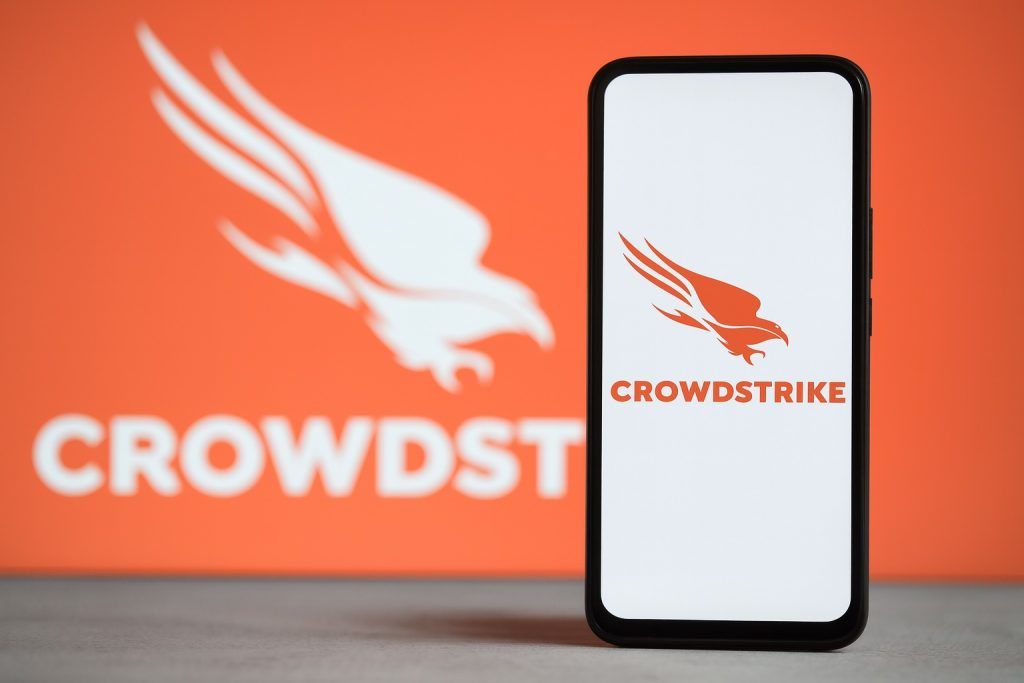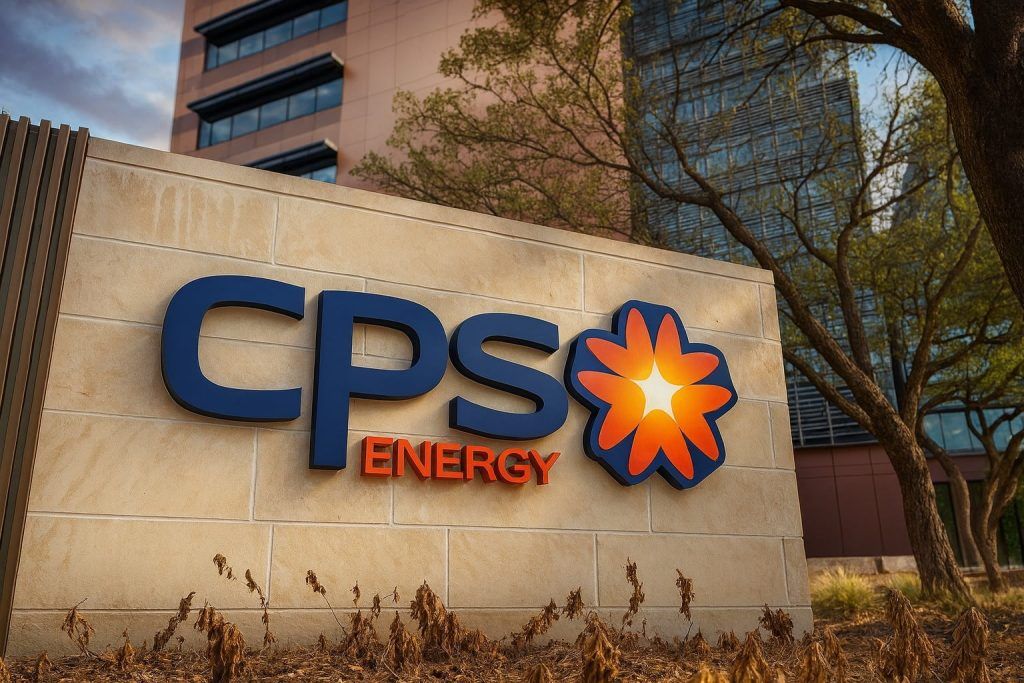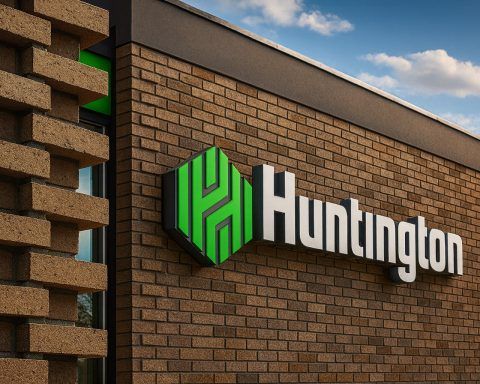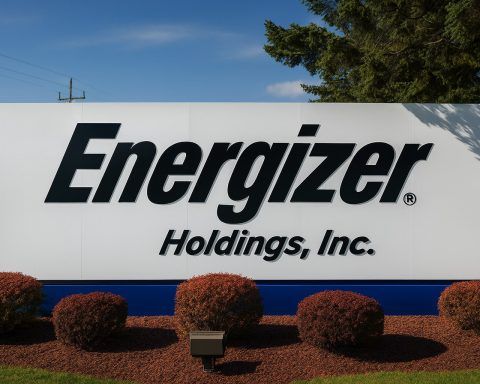Synovus Financial Corp. (NYSE: SNV) is back in the spotlight this week as investors digest a stronger‑than‑expected third quarter, a higher price target from Barclays, and fresh 13F filings showing new institutional money flowing into the regional bank.
As of mid‑day on November 18, Synovus shares trade around $44 with the stock still up roughly 4.5% since its October earnings release, modestly outperforming the broader market over the past month. [1]
Key takeaways
- Q3 2025 beat: Adjusted EPS of $1.46 topped consensus by $0.10, with revenue around $612 million, up about 9% year over year, helped by stronger net interest income, fee income and lower credit costs. [2]
- Stock up since earnings: Zacks notes Synovus shares have gained roughly 4.5% since the Q3 report, even as it keeps the stock at a neutral Rank #3 (Hold). [3]
- Barclays turns more bullish: Barclays raised its price target from $62 to $65 last week while maintaining an “Overweight” rating, implying more than 40% upside versus recent trading levels. [4]
- Today’s filings matter: New 13F disclosures dated November 18 show Vise Technologies Inc. initiating a position and SG Americas Securities LLC massively increasing its stake in SNV, underscoring heavy institutional ownership of roughly 84%. [5]
- Credit quality turning into a strength: Non‑performing loans and charge‑offs fell sharply in Q3, and Simply Wall St highlights the improvement in credit metrics as a key support for the investment case—even as Synovus remains highly exposed to the U.S. Southeast and commercial real estate. [6]
Post‑earnings rally: Synovus outperforms after Q3 2025 beat
A month after reporting third‑quarter results on October 15, 2025, Synovus shares are still trading above where they stood on earnings day, with Zacks calculating a roughly 4.5% gain over that period. [7]
The earnings detail explains why:
- EPS: Adjusted earnings per share came in at $1.46, beating the consensus estimate of $1.36 and improving from $1.23 a year earlier. [8]
- Revenue: Total revenue was around $611–613 million, about 8–9% above last year and slightly ahead of analyst expectations. [9]
- Net interest income & margin: Net interest income rose roughly 8%, with net interest margin expanding to about 3.41% as higher loan yields and lower deposit costs more than offset funding pressures. [10]
- Fee income: Non‑interest revenue increased around 13%, helped by better core banking fees, wealth management and capital markets activity. [11]
- Profitability: Adjusted return on average assets improved to about 1.42%, and adjusted return on common equity rose to nearly 15.8%, showing Synovus still produces solid returns despite a choppy rate backdrop. [12]
The catch: expenses climbed roughly 11%, driven in part by merger‑related costs tied to its pending all‑stock combination with Pinnacle Financial Partners. [13]
Zacks’ style‑box view is mixed—giving Synovus a poor growth score, weak momentum grade, but a “B” on value and an overall Rank #3 (Hold), signalling expectations for an “in‑line” return over the next few months rather than a runaway rally. [14]
Barclays lifts target to $65 as Street reassesses SNV
The bigger story on the sell‑side this week is Barclays’ price target hike.
On November 12, Barclays nudged its target from $62 to $65 while reiterating an “Overweight” rating. A MarketBeat summary of the note says that based on the prior close, the new target implied roughly 41% upside, and emphasised the bank’s strong ROE of about 16% and net margin near 22%. [15]
MarketBeat and other aggregators paint a picture of a Street that’s cautiously constructive:
- Around 17 analysts cover Synovus, with eight Buys and nine Holds, averaging out to a consensus “Hold” rating. [16]
- The average 12‑month price target sits near $58–59, still well above the current price in the mid‑40s. [17]
Put differently, Barclays is now at the bullish end of the range with its $65 target, while the typical analyst sees a more moderate—but still sizeable—upside.
That bullishness hinges on three pillars:
- Earnings momentum from rising net interest income and fee growth. [18]
- Improving credit metrics (more on that below). [19]
- A still‑low valuation, with SNV trading around 8.5–8.7x expected earnings and yielding about 3.3–3.4%, based on the $0.39 quarterly dividend (annualised $1.56) highlighted in recent filings. [20]
For investors, the spread between Synovus’s valuation and its peers remains one of the core debates: is the discount deserved because of regional risk and a big merger… or has the market over‑penalised the name?
Today’s 13F headlines: new stakes and a surge from SG Americas
The freshest news dated November 18, 2025 comes from institutional holdings disclosures.
Two MarketBeat instant alerts highlight a clear theme: big money is very active in Synovus.
Vise Technologies initiates position
A filing released today shows Vise Technologies Inc. bought a new second‑quarter stake of 5,662 shares, valued at about $293,000 at the time of the filing. [21]
The same note points out:
- Synovus sports a market cap around $6.4 billion and a P/E near 8.6.
- The dividend yield sits in the mid‑3% range with a payout ratio just under 30%, leaving room for buybacks or future hikes if earnings hold up. [22]
SG Americas ramps up its Synovus exposure
A separate MarketBeat alert, also dated November 18, reveals that SG Americas Securities LLC increased its position by an eye‑catching 3,777.7% in Q2. The firm now holds about 147,509 shares, roughly 0.11% of Synovus, valued at approximately $7.6 million. [23]
Both reports emphasise that institutional investors hold around 84% of Synovus’s float, underlining just how much the stock’s fate is tied to professional sentiment and fund flows. [24]
At the same time, other recent filings show some managers trimming positions—Savant Capital, for example, reduced its stake by more than 70% in Q2—so not all institutions are leaning in. [25]
Credit quality: from concern to relative strength
If 2023–2024 were all about credit fears for regional banks, Q3 2025 suggests Synovus is starting to pull ahead on this front.
According to Zacks’ post‑earnings breakdown: [26]
- Non‑performing loans fell to about $209 million, down roughly 33% year over year.
- Non‑performing assets slid about 26%, bringing the NPA ratio down to roughly 0.53% from 0.73% a year ago.
- Net charge‑offs dropped nearly 44%, with the charge‑off ratio improving to about 0.14% from 0.25%.
- The provision for credit losses decreased about 7%, signalling fewer new problem credits.
Capital ratios also moved in the right direction, with Common Equity Tier 1 (CET1) rising from around 10.6% to 11.2%, and total risk‑based capital edging higher as well. [27]
Simply Wall St’s latest narrative, published November 17, leans heavily on this improvement, arguing that better credit quality and steady deposit and loan growth help support Synovus’s medium‑term outlook. Their long‑term model projects revenue of about $2.7 billion and earnings of $825 million by 2028, implying mid‑single‑digit annual growth and a fair value estimate around $55.71—roughly 19% above current levels. [28]
Crucially, they also warn that Synovus remains heavily concentrated in fast‑growing Southeastern markets and commercial real estate, meaning an economic downturn in those regions could quickly change the story. [29]
The Pinnacle merger: growth engine and wild card
Synovus’s investment story cannot be separated from its planned all‑stock merger with Pinnacle Financial Partners (PNFP).
- The two banks agreed in July 2025 to combine in an $8.6 billion all‑stock deal that would create one of the largest regional banks in the Southeast, with more than $115 billion in combined assets. [30]
- Synovus CEO Kevin Blair is slated to become president and CEO of the merged bank once the deal closes, while Jamie Gregory will serve as CFO and Rob McCabe as chief banking officer, according to Reuters’ August leadership update. [31]
- The transaction is expected to close in Q1 2026, pending regulatory and shareholder approvals. [32]
For bulls, the merger promises:
- A broader Southeastern footprint and more scale in high‑growth markets. [33]
- Potential cost synergies once overlapping operations are consolidated.
- A stronger combined business banking and wealth platform, which could further lift fee income.
For skeptics, it introduces:
- Integration risk, especially around systems, culture and credit underwriting standards.
- Continued heavy exposure to commercial real estate and regional economic cycles. [34]
Complicating matters, Kahn Swick & Foti, LLC, led by former Louisiana Attorney General Charles Foti, announced in October that it is investigating whether the merger terms and process are fair to Synovus shareholders. The firm reminded investors that they had until November 18, 2025 to contact it about their legal rights, making today a key date in that timeline. [35]
While such investigations are relatively common in large bank deals and don’t necessarily derail transactions, they do underscore that not every shareholder is convinced the structure maximises value for existing SNV holders.
Don’t ignore the regulatory and reputational backdrop
Beyond credit quality and M&A, Synovus has also faced some regulatory friction.
In October, local media in Georgia reported that Synovus Securities, Inc., an affiliate broker‑dealer, agreed to pay about $315,000 in fines and restitution to settle FINRA allegations involving forgery and falsification of e‑signatures on account documents. The matter reportedly covered conduct over several years and involved supervised representatives. [36]
The company did not admit or deny the findings as part of the settlement, but the episode adds to the list of operational and compliance risks investors should keep on their radar—even as the core banking franchise performs well.
Valuation, risks and what to watch next
Putting it all together:
- Valuation: With the stock around $44 and expected 2025 EPS near the high‑$4 range, Synovus trades at roughly 8–9x forward earnings, a discount to many peers, and offers a 3%+ dividend yield. [37]
- Street view: Consensus targets in the high‑50s, plus Barclays’ new $65 target, suggest upside if the merger goes smoothly and credit trends stay benign. [38]
- Quality improving: Credit metrics and capital ratios are moving in the right direction, making Synovus look more resilient than it did during the early stages of the regional‑bank stress. [39]
- But risks remain: Heavy Southeast and CRE exposure, integration risk with Pinnacle, and ongoing legal and regulatory scrutiny could all pressure the stock if conditions worsen. [40]
What investors will be watching
Over the coming weeks and months, expect the market to focus on:
- Management commentary at upcoming conferences—including a planned joint appearance with Pinnacle’s leadership—as they fine‑tune merger messaging and cost‑save targets. [41]
- Deposit trends and loan growth into year‑end, particularly in commercial real estate and middle‑market lending. [42]
- Any updates on regulatory approvals or shareholder litigation related to the Pinnacle transaction. [43]
For now, Synovus sits in an interesting spot: cheap on traditional metrics, with improving fundamentals and visible catalysts—but also facing a transformative merger and a still‑uncertain macro backdrop. How those competing forces resolve will likely determine whether Barclays’ $65 target, or Zacks’ more cautious “in‑line return” view, proves closer to the mark.
Disclaimer: This article is for informational purposes only and does not constitute investment, legal or tax advice. Always do your own research or consult a licensed professional before making investment decisions.
References
1. www.nasdaq.com, 2. www.nasdaq.com, 3. www.nasdaq.com, 4. www.marketbeat.com, 5. www.marketbeat.com, 6. www.nasdaq.com, 7. www.nasdaq.com, 8. www.nasdaq.com, 9. www.nasdaq.com, 10. www.nasdaq.com, 11. www.nasdaq.com, 12. www.nasdaq.com, 13. www.nasdaq.com, 14. www.nasdaq.com, 15. www.marketbeat.com, 16. www.marketbeat.com, 17. www.marketbeat.com, 18. www.nasdaq.com, 19. www.nasdaq.com, 20. www.marketbeat.com, 21. www.marketbeat.com, 22. www.marketbeat.com, 23. www.marketbeat.com, 24. www.marketbeat.com, 25. www.marketbeat.com, 26. www.nasdaq.com, 27. www.nasdaq.com, 28. simplywall.st, 29. simplywall.st, 30. www.reuters.com, 31. www.reuters.com, 32. www.reuters.com, 33. simplywall.st, 34. simplywall.st, 35. www.businesswire.com, 36. www.walb.com, 37. www.marketbeat.com, 38. www.marketbeat.com, 39. www.nasdaq.com, 40. simplywall.st, 41. www.morningstar.com, 42. www.nasdaq.com, 43. www.reuters.com





